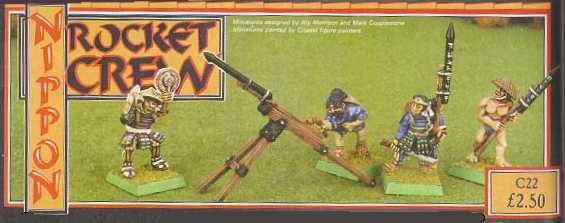Who Inherits Old School? A Look at D&D’s Generational Divide
Buckle up—this one could get bumpy.
 |
| The Dungeon Master himself! |
On the way to work the other day, I found myself thinking about succession—not in the Game of Thrones sense, but in the natural evolution of Dungeons & Dragons. Specifically, who are the heirs to the older editions of the game? Where does the torch pass, and when does that lineage end?
To even begin to answer that, you have to look at the early generations of players—those who played Basic or 1st Edition AD&D when those were the current versions. These were the gamers of the late ’70s and early ’80s, many now in their 50s and 60s. A number of the original creators—Gary Gygax, Dave Arneson—are no longer with us. And with each passing year, the pool of gamers who experienced that era firsthand grows smaller.
Even 2nd Edition AD&D, the version many of us later adopters came up with, is now over two decades old. A whole new generation has emerged since then, shaped by modern design philosophies, digital interfaces, and the ever-growing influence of video games.
It’s easy to forget that there was a time when RPGs had no expectations or templates. Some of the earliest players were literally inventing the hobby as they went. Many of them were gaming when computers like the Altair were considered cutting edge. Compare that to now—when the average new player likely encountered role playing first through a Twitch stream or a sleek, modern rule set like 5e.
 |
| Never had one, I had an Atari 800 XL! |
As someone who was born in the early ’70s and got the Moldvay Basic Set for Christmas in 1981, I straddle a particular generational line. I’m not one of the original old-schoolers, but I’m also not part of the modern wave. I sit squarely in the middle: a "hybrid player" who grew up with Basic, 1st Edition, and eventually 2nd Edition—sometimes all at once.
And I think that middle-ground generation—players like me—might be the last true link to the wild, formative years of tabletop role playing.
We were there for the late bloom of 1st Edition, with all its quirks and contradictions. We embraced Unearthed Arcana, the Wilderness Survival Guide, and all the other modules and side books that added flavor to our sessions. We transitioned into 2nd Edition when it launched in 1989 and treated it not as a hard reboot, but a continuation. We didn’t draw stark lines between editions; we mixed and matched freely, long before the idea of edition purity became a talking point.
Sure, purists might argue that only the earliest wave of 1st Edition players are the real inheritors of “old school.” But I disagree. That later wave—those who played Basic and 1st and 2nd concurrently—were the last ones who treated those versions as living systems, not museum pieces. We were the ones who grew up with the original rules. We may not have written them, but we lived them.
And then came 2000—and everything changed.
That year marked the release of 3rd Edition, and with it, the true dividing line between old-school and new-school D&D. It wasn’t the 1989 launch of 2nd Edition that splintered the player base. It was the OGL, the d20 boom, and the re-imagining of the game as a more balanced, codified system. It introduced a new design era, one heavily influenced by the structure and sensibilities of video games, MMOs, and tactical skirmish rules.
From that point forward, the DNA of D&D started to shift. Not for the worse—but certainly away from its roots.
So who, then, are the true heirs to “old school”?
 |
| Sleek and works oh so well. |
In my view, it’s the hybrid generation—the kids who played Moldvay and Mentzer, who experimented with 1st and 2nd, who witnessed the transition but were shaped by the era before it. We’re the ones who remember when D&D was scribbled maps, inconsistent rules, and house-ruling everything from initiative to encumbrance. We’re the ones who saw the pulp inspirations firsthand—who read The Sword of Shannara and The Hobbit before we even heard of Vance, Lieber, or Moorcock. Our aesthetic and influences were already a generation removed, but the game was still ours.
We were the last generation raised on print modules, on Dragon Magazine articles, on clashing art styles from Elmore to Otus. We didn’t just play D&D—we absorbed it in all its chaos, contradictions, and creativity. When we eventually aged out, the game moved on without us. But the memory of what it was—that remains with us.
So yes, the OSR (Old School Renaissance) has taken up part of the mantle. But it’s not the same as having been there. You can emulate the rules. You can recreate the vibe. But you can’t replicate the culture of discovery and experimentation that surrounded the game in its early years.
Eventually, even we hybrid players will be gone. And when that happens, the link to the original age of RPGs—warts and all—will be gone too. What’s left will be interpretations, homages, and inspired re-imaginings.
Still, it’s a fascinating position to hold: one foot in the origins, the other in the modern age. Not the pioneers, but the last of their direct descendants.
And maybe that’s not such a bad place to be.









